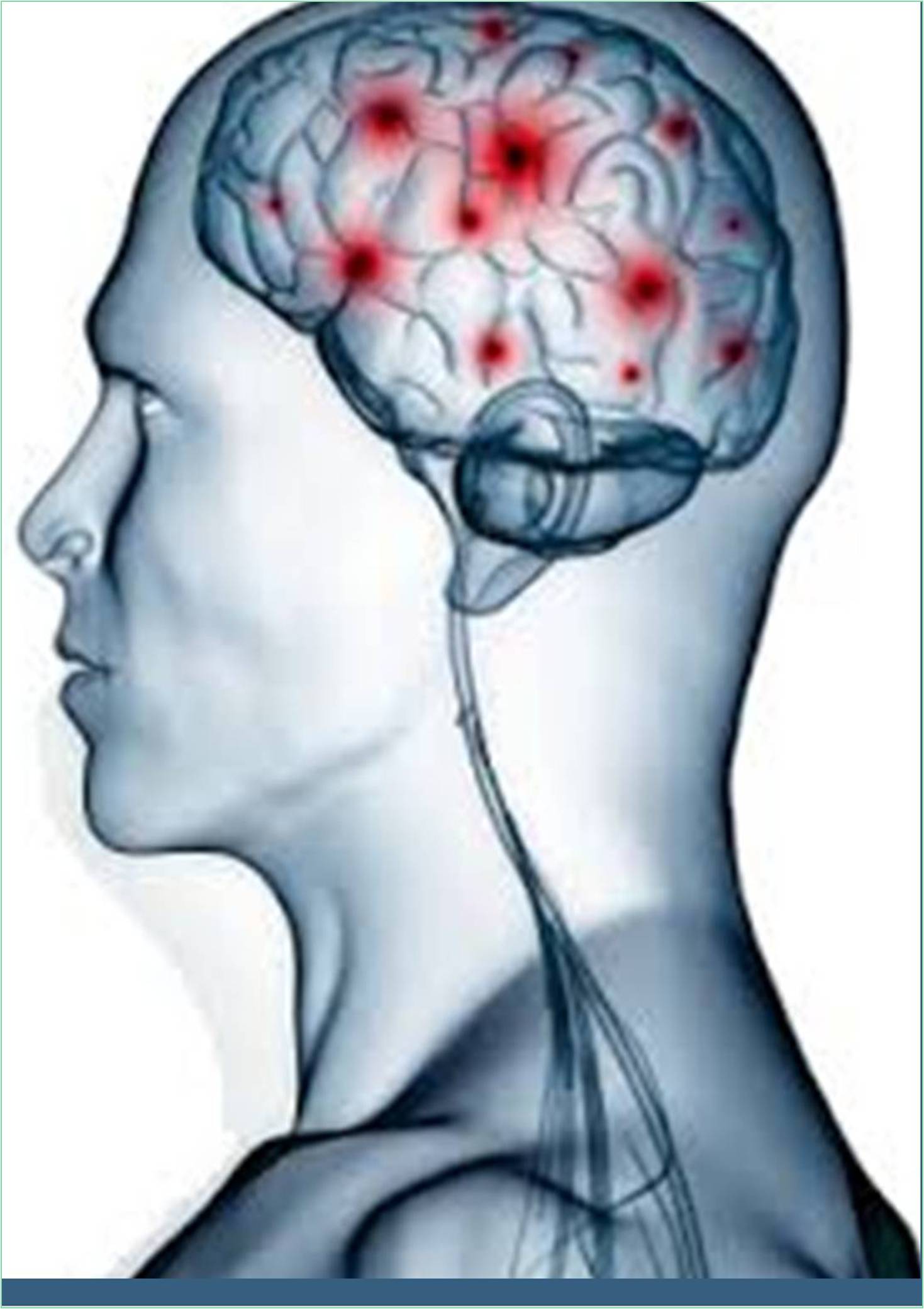



Received: 25-Nov-2022, Manuscript No. GJNN-22-85340; Editor assigned: 28-Nov-2022, Pre QC No. GJNN-22-85340 (PQ); Reviewed: 12-Dec-2022, QC No. GJNN-22-85340; Revised: 19-Dec-2022, Manuscript No. GJNN-22-85340 (R); Published: 28-Dec-2022, DOI: 10.15651/2449-1942.22.10.014
The most typical single cause of vertigo in the US is likely benign paroxysmal positional vertigo (BPPV). According to estimates, at least 20% of all patients who complain of vertigo and visit a doctor have benign paroxysmal positional vertigo. The fact that benign paroxysmal positional vertigo is commonly misdiagnosed, however, means that this number may not be entirely correct and is likely an underestimate. The statistical analysis may be biased toward lower numbers since benign paroxysmal positional vertigo can occur concurrently with other inner ear illnesses (for instance, a patient may have Meniere disease and BPPV concurrently).
Meniere was the first to describe benign paroxysmal positional vertigo in 1921. At the time, the otolithic organs were thought to be responsible for the distinctive nystagmus and dizziness linked to changes in posture. The provocative positional test, still used today to determine benign paroxysmal positional vertigo, was given its name in 1952 by Dix and Hallpike. They went on to characterise the classic nystagmus in more detail and pinpoint the pathology to the affected ear when provoked.
The definition of benign paroxysmal positional vertigo is complicated since it has changed as our knowledge of its aetiology has. New varieties of positional vertigo have been identified as attention on benign paroxysmal positional vertigo has increased. Previously classed as benign paroxysmal positional vertigo, the condition is now categorised according to the semicircular canal that is causing it (posterior semicircular canal vs lateral semicircular canal). Depending on the pathophysiology, these groupings are further separated into canalithiasis and cupulolithiasis. An aberrant sense of motion brought on by specific crucial provoking situations is known as benign paroxysmal positional vertigo. Provocative postures typically result in certain eye movements (eg, nystagmus). The afflicted area of the inner ear and the underlying pathology both has an impact on the nature and direction of the nystagmus.
Although there is considerable disagreement regarding the two pathophysiologic mechanisms, canalithiasis and cupulolithiasis, there is growing consensus that the 2 entities truly coexist and account for various benign paroxysmal positional vertigo subtypes. The best explanation for classic benign paroxysmal positional vertigo, however, is calithiasis. Particles live in the semicircular canals' canal section in canalithiasis (literally, "canal rocks") (in contradistinction to the ampullary portion). These densities are thought to be free-moving, mobile, and capable of inducing vertigo by applying force. On the other side, cupulolithiasis (literally, cupula rocks) describes densities that adhere to the cupula of the crista ampullaris. The semicircular canals' ampulla is the only place where cupulolith particles may be found.
The most prevalent type of benign paroxysmal positional vertigo is known as classic vertigo. The geotropic nystagmus with the problematic ear down, predominant rotation, quick phase toward the innermost ear, latency (i.e., a few seconds), and short duration are its distinguishing features. It affects the posterior semicircular canal.
We must first comprehend the architecture and physiology of the semicircular canals in order to comprehend the pathophysiology of benign paroxysmal positional vertigo. Each inner ear has three semicircular canals that are arranged in three perpendicular planes that help with spatial orientation. Like the handle of a coffee mug, each canal is made up of a tubular arm (i.e., crura) that emerges from a sizable barrel-shaped compartment. The top or front portion of each of these arms is where the crista ampullaris is located, and it has a dilated (i.e., ampullary) end (nerve receptors). The cupula, which resembles a sail, is part of the crista ampullaris and senses fluid flow in the semicircular canal. For instance, if someone rapidly moves to the right, fluid in the right horizontal canal lags behind and deflects the cupula to the left (toward the ampulla, or ampullipetally). This deflection causes a nerve signal to be translated, confirming the head's rotation to the right.
Simply put, the cupula functions as a three-way switch that, when pressed in one direction, appropriately causes the body to feel as though it is moving. The neutral or midway posture shows no movement. The impression of motion is in the opposite direction when the switch is moved in the other direction. The cupula switch is slowed or even reversed by particles in the canal, producing signals that are inconsistent with the real head motions. Vertigo is brought on by this discrepancy in sensory information.